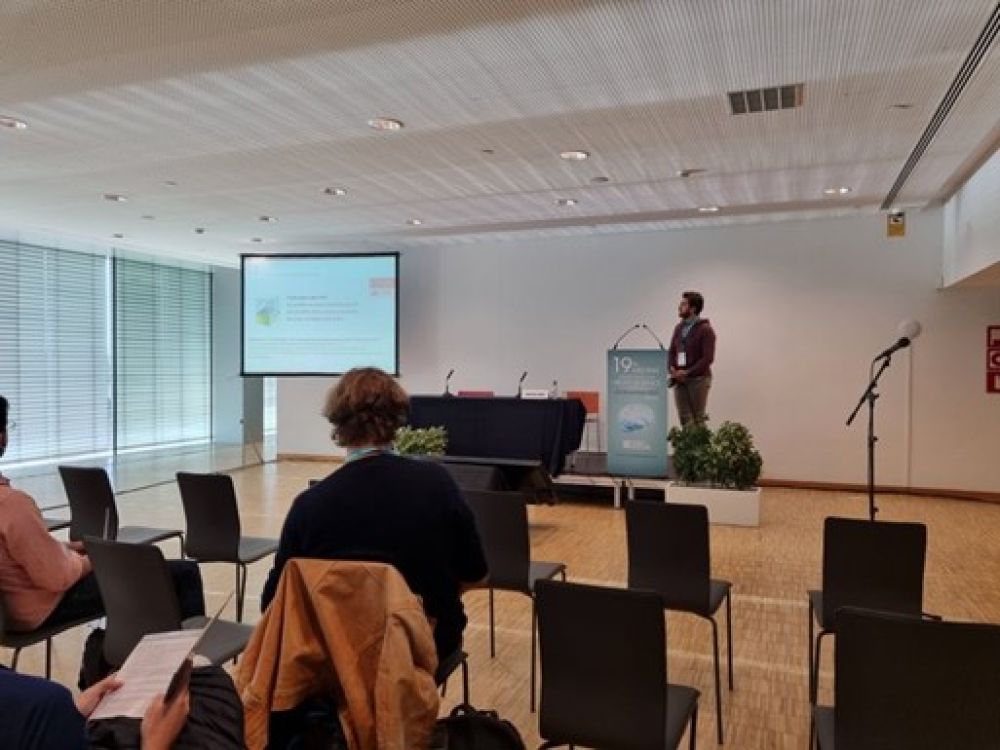NEUROSCIENCE 2021
50th Annual Meeting of Society for Neuroscience
A poster presentation about HERMES by our consortium member The Institute for Biomedical Reserch (IBSAL) was held in presence at the 19th Annual Meeting of The Spanish Society of #Neuroscience in Lleida (ES) on 3-5 November 2021. IBSAL is part of the Fundacion Instituto de Estudios de Ciencias de la Salud de Castilla Y Leon (IECSCYL). On Fri, 5th November their representative Ángel Canal Alonso presented "Epileptic seizure prediction with a LSTM network", a study partly based on the AI implementation within HERMES investigation with the aim of predicting epileptic seizures in a dataset obtained from multi-electrode arrays.
Authors of this collaborative work are Dr. Roberto Casado Vara, Dr. Javier Prieto, Prof. Juan Manuel Corchado Rodríguez Grupo de Investigación BISITE University of Salamanca Spanish Programs USSP, Institute for Biomedical Research of Salamanca, Spain, Air Institute, IoT Digital Innovation Hub, Euromaster Salamanca Carbajosa de la Sagrada Department of electronics, Information and Communication, Faculty of Engineering, Osaka Institute of Technology, Osaka, Japan, Pust Komputeran dan Informatik Universiti Malaysia Kelantan, Kelantan, Malaysia

Over the years, #epilepsy research has focused on discovering its aetiology, designing appropriate treatments and improving patients' quality of life

One of the key elements for the latter two goals is to know when an epileptic seizure episode is going to occur, since knowing the window in which an attack will occur well in advance makes it easier to control it with the necessary therapeutic measures and reduces the uncertainty and stress suffered by the patient.
Predicting an epileptic #seizure requires an #artificialintelligence #algorithm that integrates a series of real-time data. This data can be from motion, heart rate or even optical sensors, but the best predictor to date is the patient's own brain signals.
In this study, an artificial #neural network has been developed with the aim of predicting epileptic seizures in a dataset obtained from multi-electrode arrays. For this purpose, a data processing software has been programmed to obtain the most relevant spectral and morphological characteristics of the signals, namely: spectrogram, Welch power estimate, spectral entropy, zero-crossing rate, total signal area, mean, variance, skewness and kurtosis. This #neuralnetwork has been trained on graphics processing units to speed up computation times and facilitate the parallelisation of the process.
The resulting neural network is able to predict with attacks in time windows of 15 minutes with an accuracy of 87.38%. Based on this network, future work will adapt the system to the EEG data and try to optimise the architecture to improve the results.
More details online https://congresosenc.es
